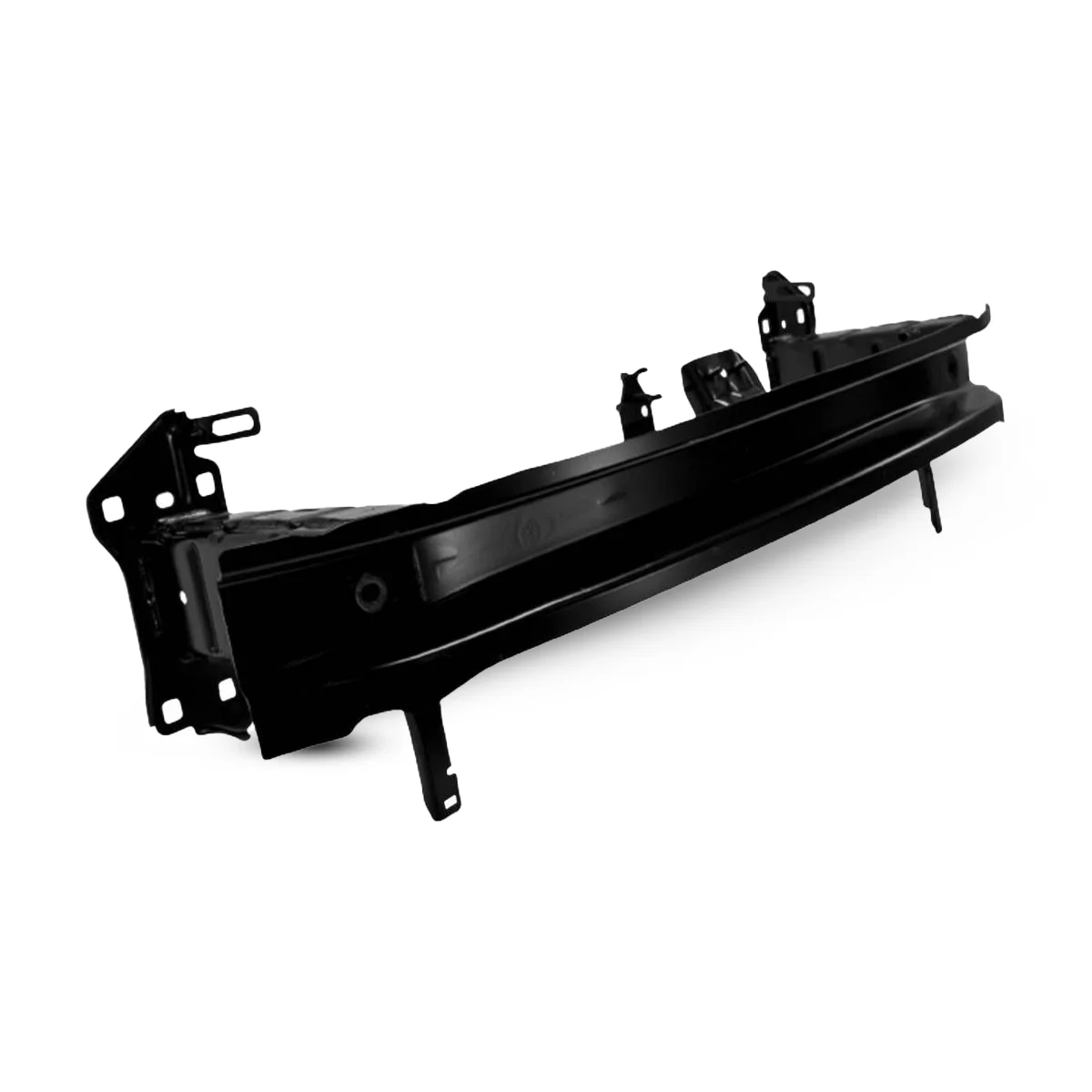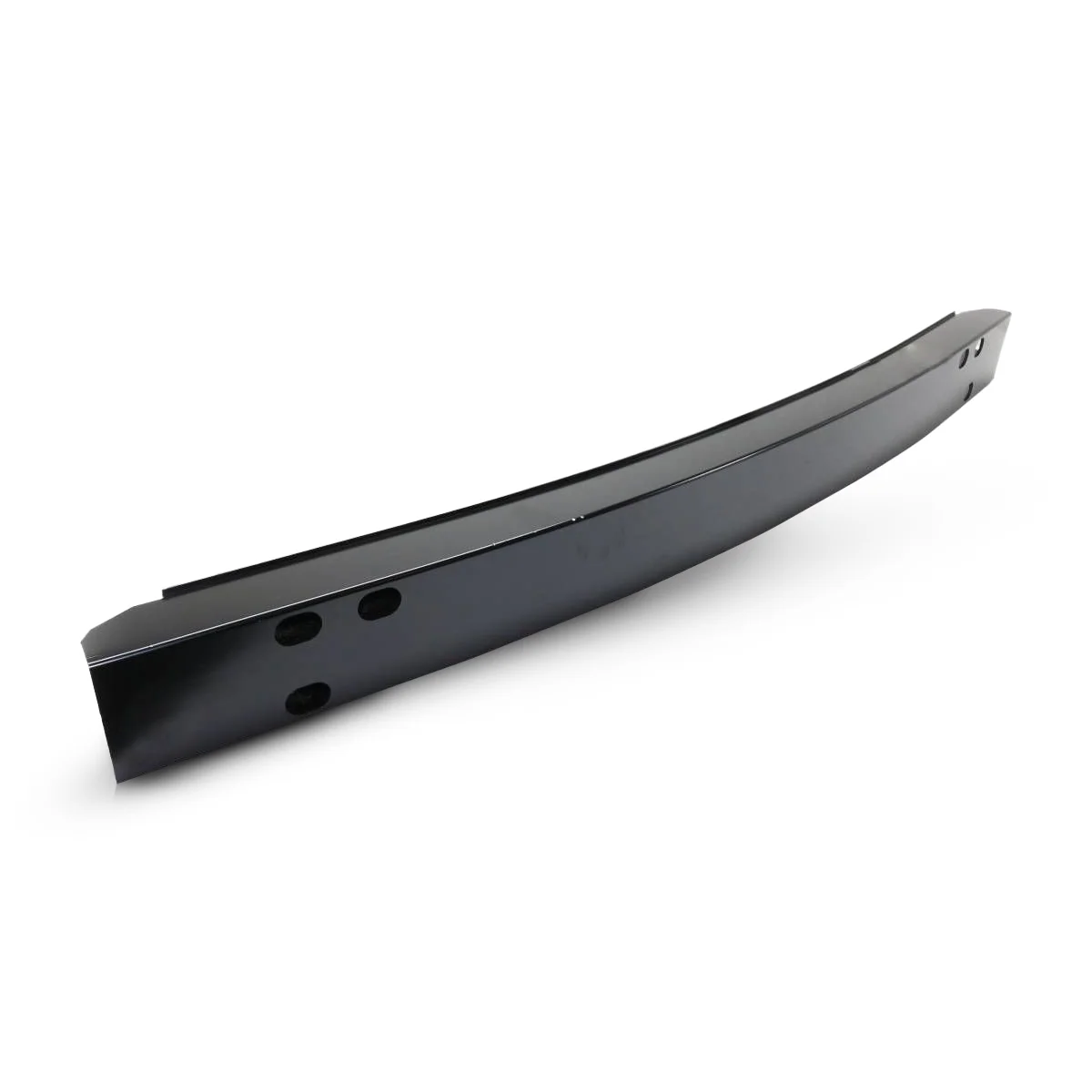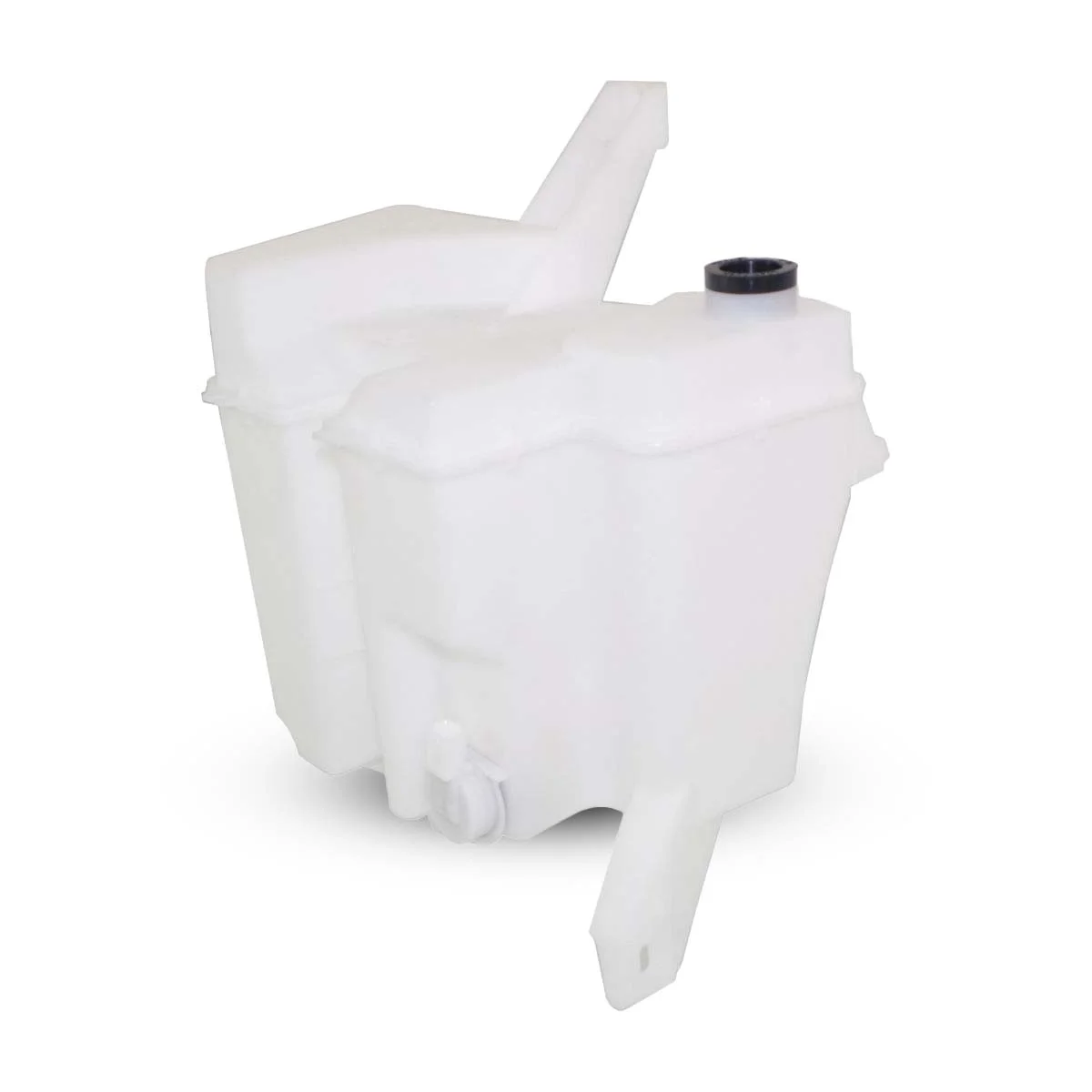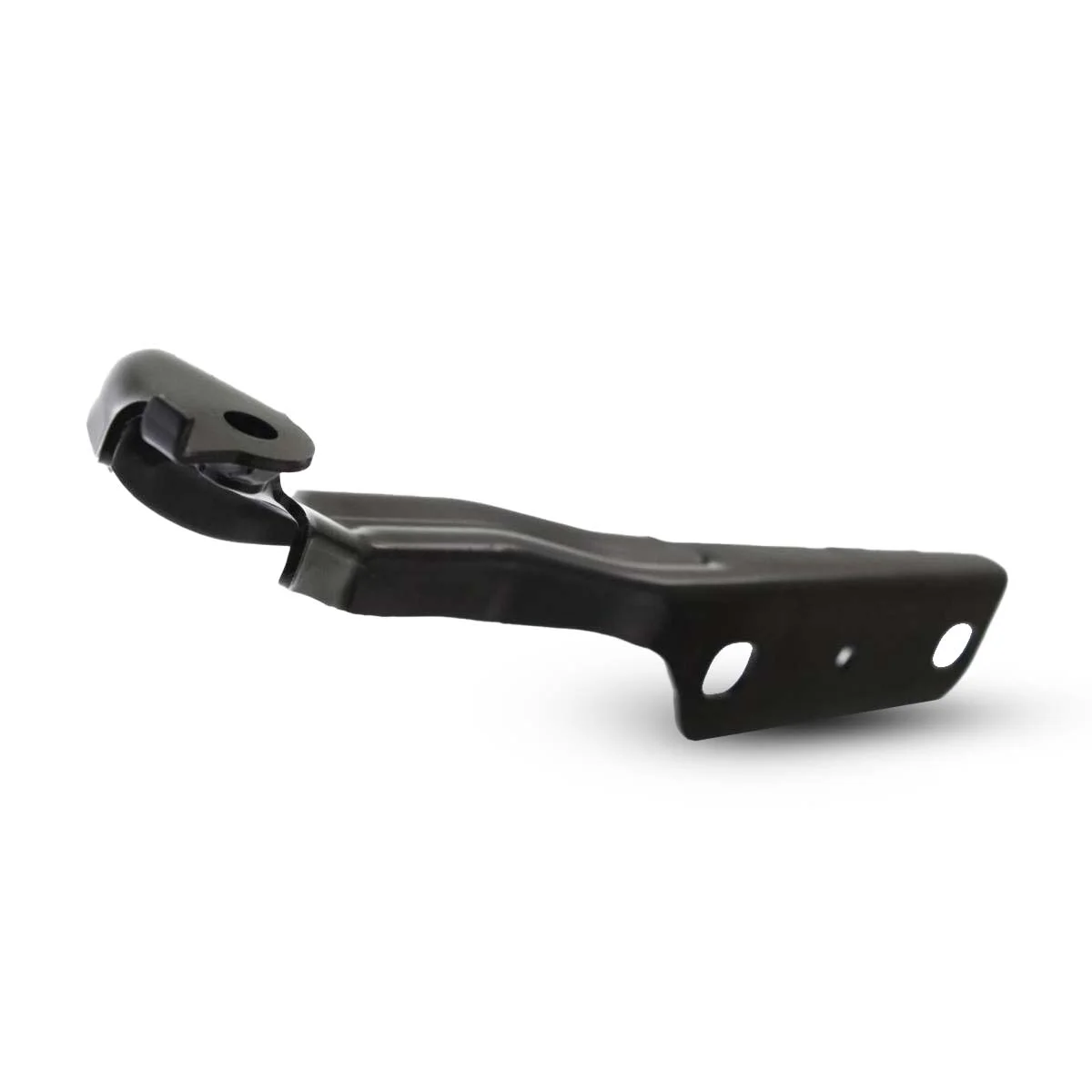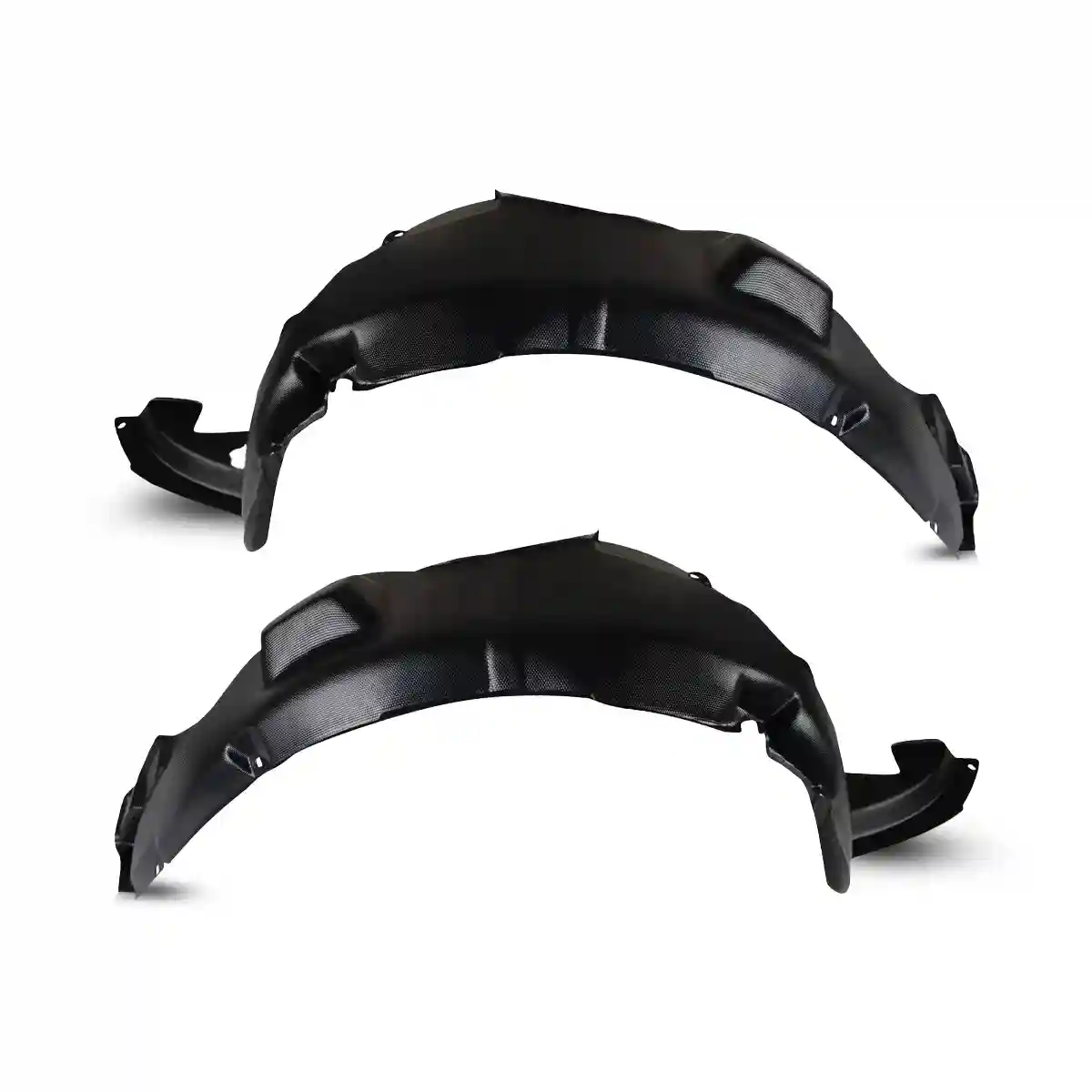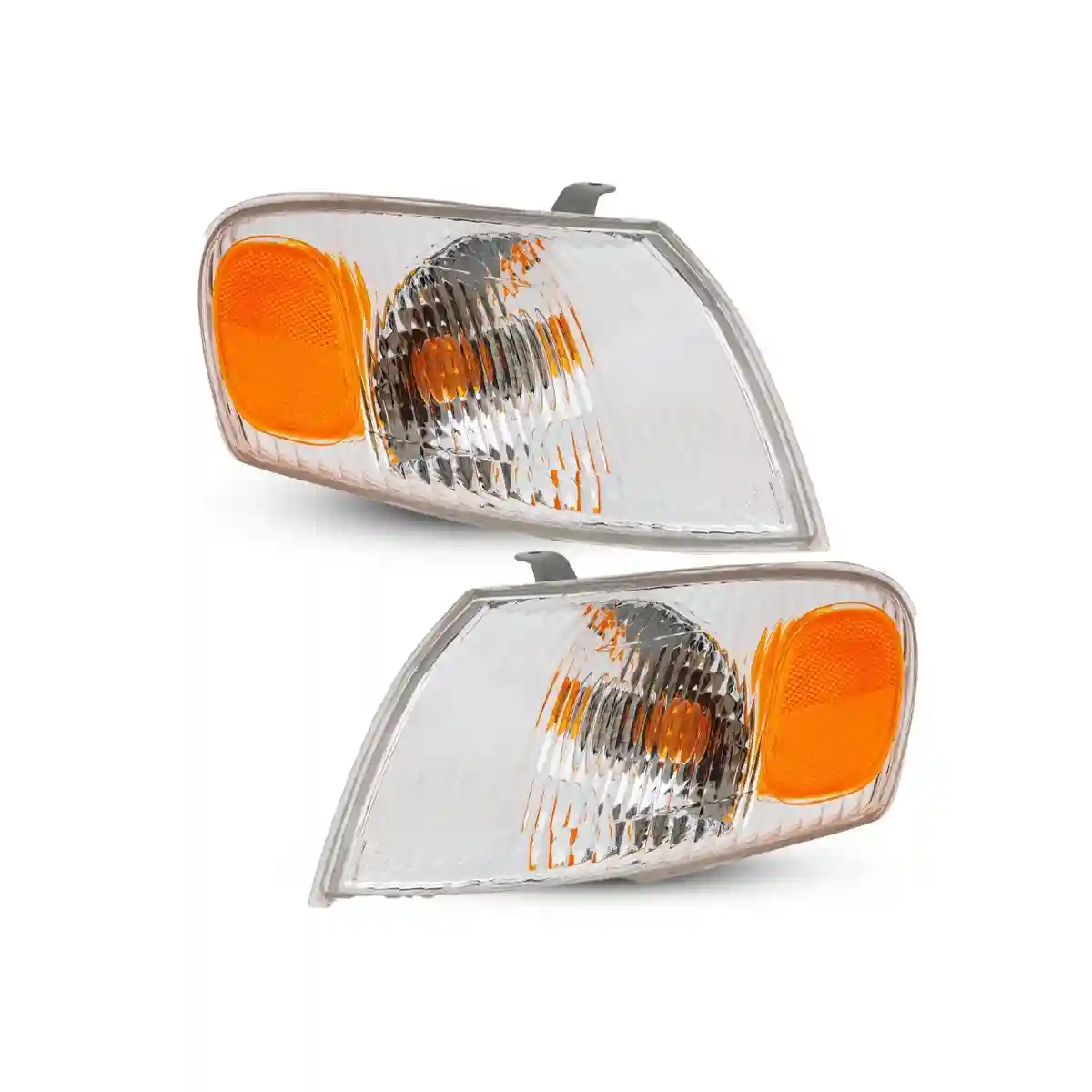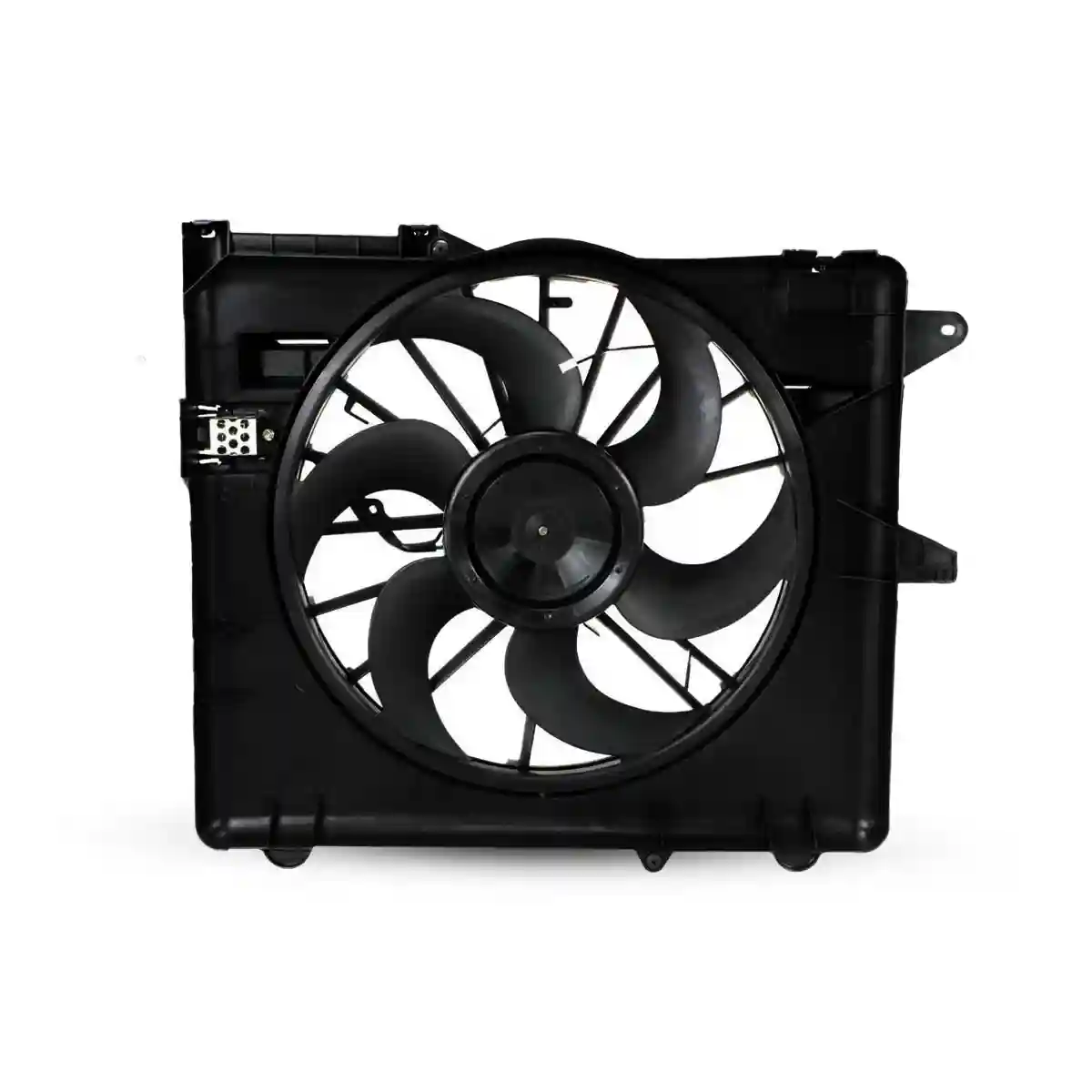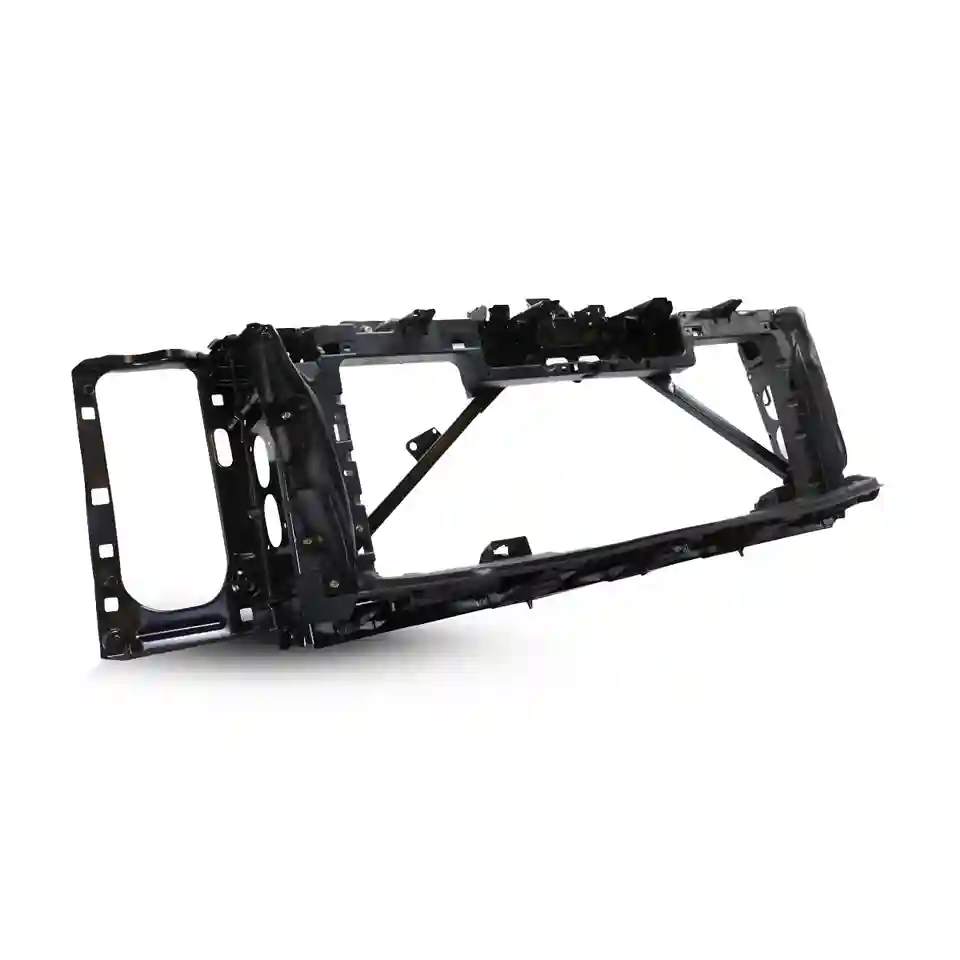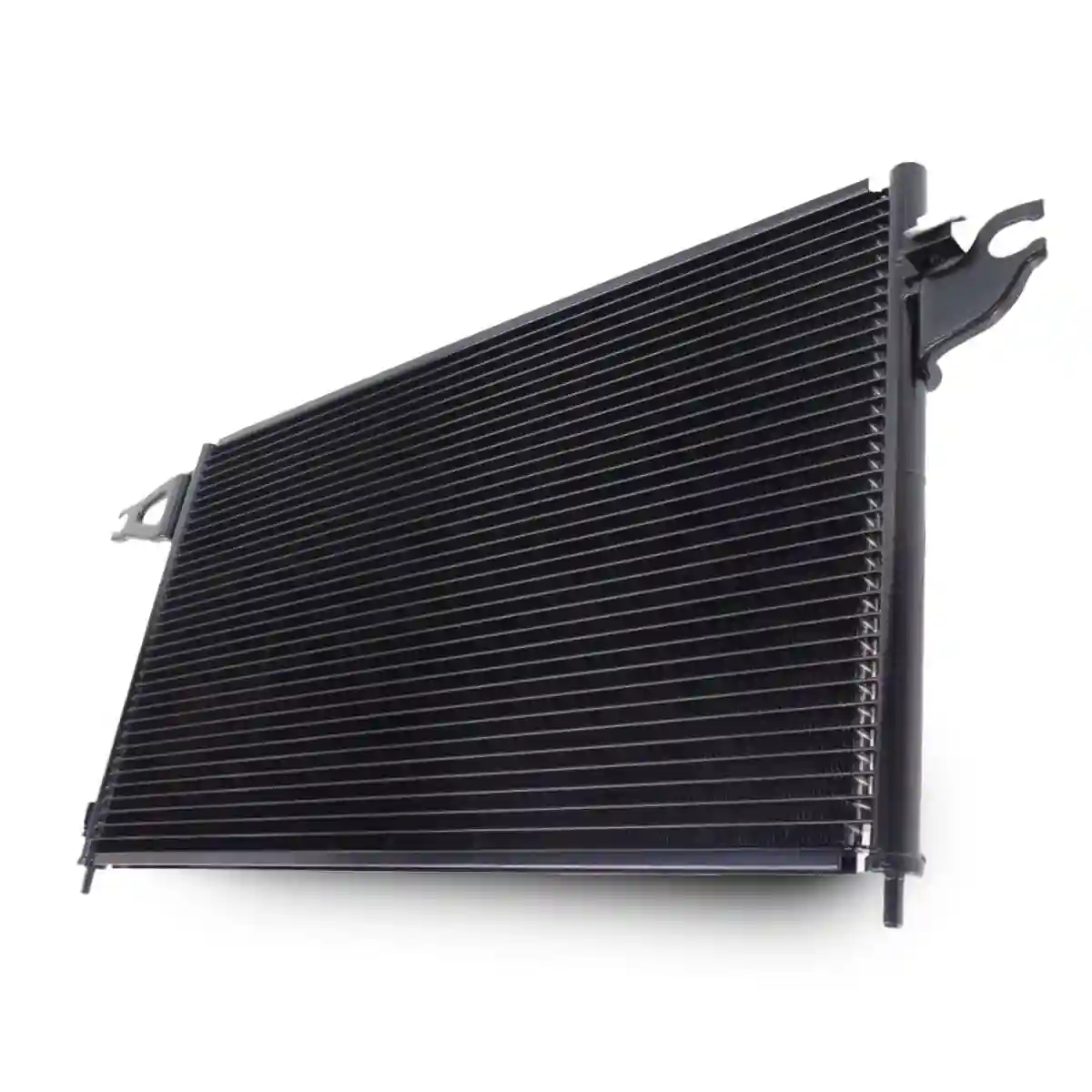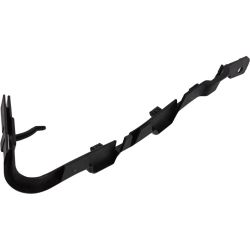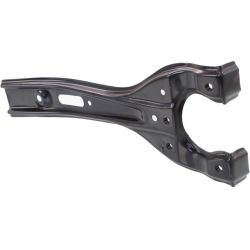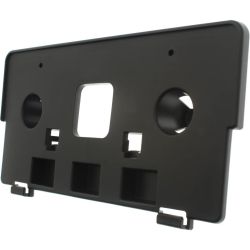Your car's transmission is one of its most vital components, responsible for translating engine power into the motion that gets you where you need to go.
Despite its importance, transmission health often goes overlooked-until a problem arises. From smooth shifting to reliable performance, maintaining your transmission ensures your vehicle remains efficient, durable, and safe to drive.
In this article, we'll explore why a healthy transmission matters, uncover how it functions, and identify the warning signs of trouble. You'll also learn practical tips for maintaining this crucial system and safeguarding your vehicle's performance for years to come.
Key Takeaways:
- Gear slipping or delays indicate potential transmission failure due to low fluid or internal wear.
- Unusual noises in neutral suggest possible mechanical issues within the transmission.
- Leaking transmission fluid is a clear sign of transmission problems.
- An illuminated Check Engine Light may signal transmission overheating or gear issues.
- Immediate attention to these symptoms can prevent further damage and costly repairs.
Why Is It Important to Have a Healthy Transmission?
A healthy transmission is fundamental for your vehicle's overall performance and longevity. It serves as the significant link between your engine's power and your wheels, guaranteeing seamless power delivery.
By focusing on transmission longevity, you're not just extending the life of your vehicle, but also enhancing its efficiency and reliability. Regular maintenance tips, such as fluid checks and timely replacements, are essential for preventing overheating and internal damage. These actions guarantee that your vehicle's transmission operates at peak levels, reducing the risk of costly repairs.
Diagnosing transmission issues early is imperative. Pay attention to subtle signs such as difficulty engaging gears, delayed shifts, or unusual noises. These can indicate underlying problems that, if addressed promptly, won't escalate into major failures.
Innovative diagnostic tools and techniques are available to monitor your transmission's health closely. Leveraging these technologies allows you to anticipate and address potential concerns proactively. By adopting a forward-thinking approach to transmission maintenance, you're guaranteeing your vehicle remains at the forefront of performance and reliability.
How Does Your Car's Transmission Work?
Your car's transmission is a marvel of engineering, working behind the scenes to manage the power your engine generates and deliver it to your wheels. The way it does this depends on whether you're driving a manual or automatic vehicle.

Manual Transmission
A manual transmission offers a direct connection between you and the vehicle. It requires you to engage the clutch and manually shift gears, which gives you precise control over your car's performance.
While this type of transmission is beloved by driving enthusiasts, it demands regular attention to avoid wear and tear. Clutch replacements, gear inspections, and consistent fluid checks are non-negotiables for keeping a manual transmission in peak condition.
Automatic Transmission
An automatic transmission takes the guesswork out of shifting gears. Using a combination of planetary gears, clutches, and hydraulic systems controlled by a computer, it automatically selects the best gear for your driving conditions.
While it's less hands-on than a manual transmission, it requires just as much care. Regular fluid changes and inspections are critical for avoiding issues like overheating, delayed shifts, or gear slippage.
Common Signs of a Failing Transmission
Gear Slipping or Delay
If you notice your vehicle's transmission slipping or experiencing delays in shifting, it's important to address these issues promptly. Gear slipping and delays in gear engagement can be indicative of underlying transmission problems that, if left unchecked, might escalate into more severe damage.
Conducting thorough transmission diagnostics is essential to pinpoint the root cause, which can range from low fluid levels to worn-out internal components.
When diagnosing gear slipping or delays, consider the following technical aspects:
- Fluid Levels: Insufficient or contaminated transmission fluid impairs gear engagement, leading to slipping.
- Solenoid Malfunction: Faulty solenoids disrupt hydraulic pressure, causing delays or slipping during shifts.
- Worn Clutches: Over time, internal wear can decrease clutch friction, resulting in unsteady gear engagement.
- Valve Body Issues: A malfunctioning valve body can hinder fluid flow, affecting the transmission's ability to shift smoothly.
Prioritize early intervention to maintain your vehicle's ideal performance.
Noises When in Neutral
Unusual noises when your vehicle is in neutral often signal potential transmission issues that require immediate attention. When you hear transmission noises like humming, buzzing, or clunking while the vehicle is idle, it's a clear indicator of underlying neutral issues.
These sounds could stem from worn bearings, internal gear damage, or even a lack of lubrication within the transmission system. Ignoring these auditory cues risks exacerbating the problem, potentially leading to more severe mechanical failures.
To accurately diagnose the source of these transmission noises, consider the type and frequency of the sounds. A persistent clunking might suggest deteriorating internal components, while a faint humming could point to minor lubrication deficits.
Early detection and professional evaluation are vital to prevent costly repairs. Utilize advanced diagnostic tools that innovate beyond traditional methods, allowing for precise identification of transmission faults.
Leaking Transmission Fluid
When it comes to leaking transmission fluid, vigilance is key. Spotting red, sweet-smelling fluid beneath your vehicle can be an early indicator of a failing transmission.
This leak doesn't just suggest a minor issue - it could lead to significant mechanical failures if neglected. Regular transmission maintenance and fluid replacement are crucial to prevent these costly problems.
Consider these diagnostic insights:
- Check for puddles: Inspect under your vehicle for any pools of fluid.
- Monitor fluid levels: Consistently low transmission fluid levels could indicate a leak.
- Examine the color: Fresh fluid is bright red. Dark or burnt fluid suggests contamination or wear.
- Listen for sounds: Unusual noises may accompany fluid leaks, pointing to internal damage.
The importance of transmission maintenance can't be overstated. Catching a fluid leak early allows for timely fluid replacement, preventing severe damage.
Check Engine Light
When your Check Engine Light illuminates, it might be alerting you to potential transmission issues that require immediate attention. This warning light isn't just a trivial indicator - it could signify significant problems, such as transmission overheating, solenoid malfunctions, or gear slipping.
Modern vehicles are equipped with sophisticated onboard diagnostic systems that can detect issues early. When the Check Engine Light appears, consult with a skilled technician who can interpret the codes and perform a thorough inspection.
This proactive approach not only improves reliability but also contributes to a more sustainable and efficient driving experience. Don't wait for minor issues to escalate, address them promptly for peace of mind.
How to Take Care of Your Car's Transmission?
To guarantee your car's transmission operates smoothly and avoids costly repairs, prioritize regular maintenance and vigilance. Implementing effective transmission maintenance tips is essential for ensuring longevity and peak performance.
Here are essential practices to uphold transmission health:
- Monitor Fluid Levels: Regularly check and maintain fluid levels to prevent overheating and slippage.
- Schedule Fluid Changes: Replace transmission fluid according to manufacturer guidelines to avoid degradation and contamination.
- Inspect for Leaks: Routinely examine the transmission system for leaks to prevent fluid loss and potential damage.
- Professional Diagnostics: Engage in periodic professional diagnostics to detect any underlying issues early on.
Car enthusiasts understand the importance of integrating preventive measures into their vehicle care routine. Adopting a proactive stance allows you to preemptively address potential issues, ensuring your transmission remains in prime condition.
Conclusion
Your transmission is the lifeline of your vehicle, and keeping it healthy is one of the smartest investments you can make. Whether it's paying attention to the early signs of trouble, scheduling regular maintenance, or simply driving with care, your efforts will pay off in the form of a smoother ride, fewer repairs, and a longer-lasting vehicle.
Don't wait for a minor issue to become a major headache. Take charge of your car's transmission health today-you'll thank yourself on the road tomorrow.
FAQs (Frequently Asked Questions)
Are Transmission Issues Covered Under Most Car Warranties?
- Coincidentally, transmission coverage often falls under warranty limitations. You should review your car's warranty details to understand what's covered. Typically, powertrain warranties include transmission repairs, but exclusions may apply depending on factors like mileage and maintenance adherence.
Can a Failing Transmission Affect Fuel Efficiency?
- A failing transmission can impact fuel consumption by causing shifting problems. When gears slip or delay engaging, the engine works harder, increasing fuel usage. Diagnosing transmission issues early guarantees peak performance and maintains energy efficiency.
What Are the Risks of Driving With a Failing Transmission?
- Driving with a failing transmission risks overheating, leading to further damage. Ignoring warning signs like slipping gears or unusual noises can cause complete failure. Prioritize diagnostics and innovative solutions to prevent costly repairs and maintain performance.







